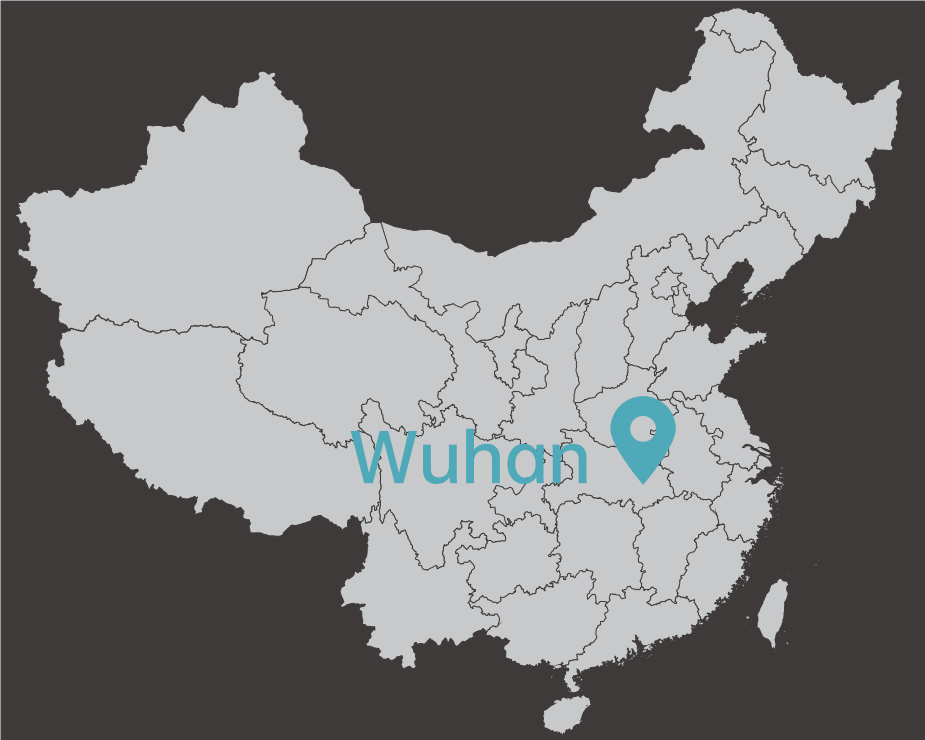Microbial Dolomite Formation: From microbes to deep-time archives
Conveners: Xuelian You, Patrick Meister, Dongya Zhu, Bo Liu
Massive dolomite [CaMg(CO3)2] units are frequent in deep-time sedimentary successions. In particular, deep-sea sediments, Paleozoic and Precambrian dolomites often form deep hydrocarbon reservoirs in China. The controversy whether ancient dolomites represent primary precipitates or diagenetic overprint still persists and is tied to the “dolomite problem” – the problem that dolomite precipitation is inhibited at low temperatures. This session emphasizes deep-sea sediments, synsedimentary processes in modern and ancient environments, their biological forcings, and the mineralogical pathways conducive to massive dolomites. Of interest is also their interaction with paleoclimate and paleoceanography throughout Earth history. We encourage contributions on all aspects of present-day and ancient dolomite. Topics encompass, but are not limited to, geomicrobiologic approach to formation of primary dolomite, early diagenesis, microbial dolomite, geochemistry of dolomites, mineralogical pathways, biogeochemical modelling, dolomite reservoirs, and dolomite formation in the paleoceanographic context.


